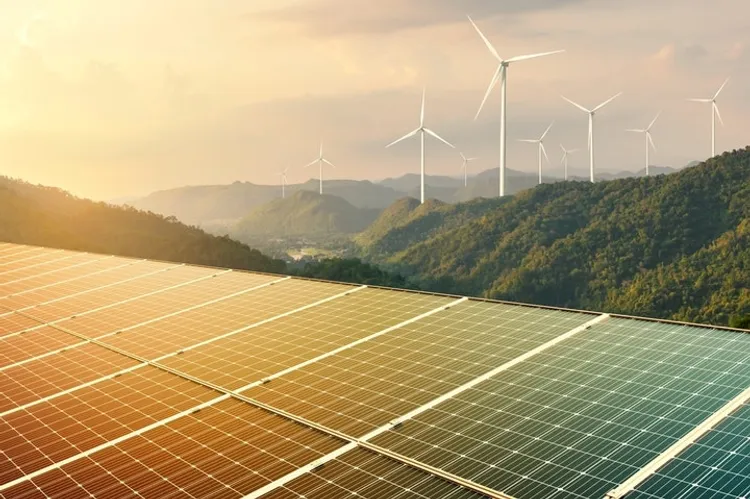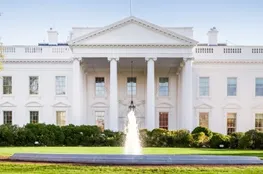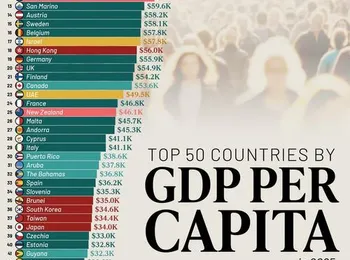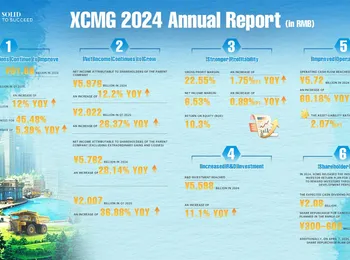The clean industrial transition is gaining momentum, yet substantial investment is crucial to fully realize its potential, according to the latest report from the Mission Possible Partnership (MPP). Despite ongoing headwinds like geopolitical risks and fluctuating commodity prices, a significant number of projects have reached Final Investment Decision (FID) in recent months. Specifically, eight projects secured FID over the last six months, building upon the existing landscape of 134 operational or fully committed clean industrial facilities worldwide. Recognizing the persistent challenges, MPP CEO Faustine Delasalle emphasized in the report’s foreword, "This is in no small part because many companies and governments understand clean industry is an economic opportunity, not just a climate imperative."
The comprehensive Global Project Tracker identifies a vast pipeline of 826 industrial decarbonization projects globally. This includes 692 announced projects, 65 that have secured financing and achieved FID, and 93 already operational. Key progress is being observed within the chemicals and fuels sectors, particularly in the production of hydrogen, ammonia, and methanol. However, sectors dealing with "hard-to-abate" materials, such as steel and cement, continue to present greater challenges due to factors including price competitiveness and technological maturity. The report highlights the growing importance of the "New Industrial Sunbelt," a strategically positioned group of emerging economies including Brazil, India, Oman, Egypt, South Africa, Australia, and others. These nations currently account for nearly one-third of all announced clean industrial projects and approximately 25% of those that have successfully reached FID. Their strategic location, characterized by high renewable energy potential, abundant land availability, and evolving supportive policies, is considered essential for facilitating globally distributed, low-emission industrial production. A significant portion of the investment opportunity, estimated at $1.6 trillion, remains in the pre-FID stage, with 700 projects currently awaiting this critical milestone. Several high-profile initiatives, such as Fortescue’s FSUGY Gibson Island green hydrogen plant in Australia and ArcelorMittal’s MT flagship green steel project in Europe, are experiencing delays or reevaluation. Despite these obstacles, MPP maintains an optimistic outlook, identifying three key drivers for successful project advancement. These include the decreasing costs of renewable energy and clean industrial technologies, the strengthening of demand-side measures like procurement mandates and offtake agreements, and the implementation of coordinated supply-side policies designed to mitigate investment risk. The report underscores the urgency of addressing persistent barriers, including heightened trade tensions, global macroeconomic uncertainty, and evolving government policy frameworks, particularly concerning tax credits and carbon border mechanisms. Furthermore, the oversupply of conventional commodities like grey steel and basic chemicals continues to exert downward pressure on market prices, delaying green investment.
Looking ahead, MPP’s analysis suggests that continued progress hinges on leveraging these enabling factors to unlock the substantial capital investment opportunity and accelerate the transition to a clean industrial future. The total investment opportunity remains substantial, reflecting the scale of the challenge and the potential rewards. Addressing these challenges effectively will be critical for achieving widespread industrial decarbonization and realizing the economic benefits of a sustainable industrial sector. Investing in these projects is not just an environmental imperative, but also a strategic economic opportunity with the potential to drive innovation, create jobs, and enhance global competitiveness. Continued collaboration between governments, industry, and investors will be paramount to navigating the complexities and realizing the full potential of the clean industrial transition. The future of global industrial production depends on our ability to embrace these transformative technologies and policies, ensuring a more sustainable and prosperous future for all.
























